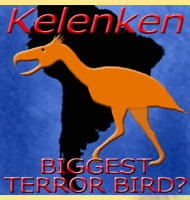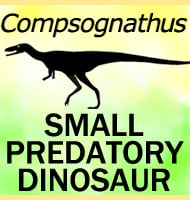In Depth
Tongtianlong was discovered when blasting of a mudstone deposit revealed the skeleton of this dinosaur for the first time since the Cretaceous. Unfortunately this blasting process destroyed some of the skeleton, but fortunately when workers at the site realised what was there, they halted operations long enough to recover the specimen. This included a skull and a significant portion of the post cranial skeleton.
Tongtianlong was a smaller oviraptorid dinosaur, and at the time of its naming, the sixth distinct genus of oviraptorid dinosaur discovered from the Nanxiong Formation of China. Tongtianlong primarily stands apart from these others by the shape of its skull, with the rear portion behind and above the eyes rising into a dome-like structure. The number of distinct oviraptorid dinosaur genera suggests that these dinosaurs filled different niches in the ecosystems. Aside from Tongtianlong, other ovipatorid dinosaur genera from this formation include Ganzhousaurus, Banji, Jiangxisaurus, Huanansaurus and Nankangia.
The holotype specimen (remains of first discovered individual) of Tongtianlong is noted for being discovered with arms splayed out to the sides and the head raised up. This pose and the fact the holotype specimen has discovered in mudstone (sedimentary rock formed by the long-time compression of mud) suggests that this individual dinosaur had become trapped in a mud deposit, and died while trying to free itself.
Further Reading
- A Late Cretaceous diversification of Asian oviraptorid dinosaurs: evidence from a new species preserved in an unusual posture. - Scientific Reports 6:35780:1-12 - J. L�, R. Chen, S. L. Brusatte, Y. Zhu & C. Shen - 2016.









